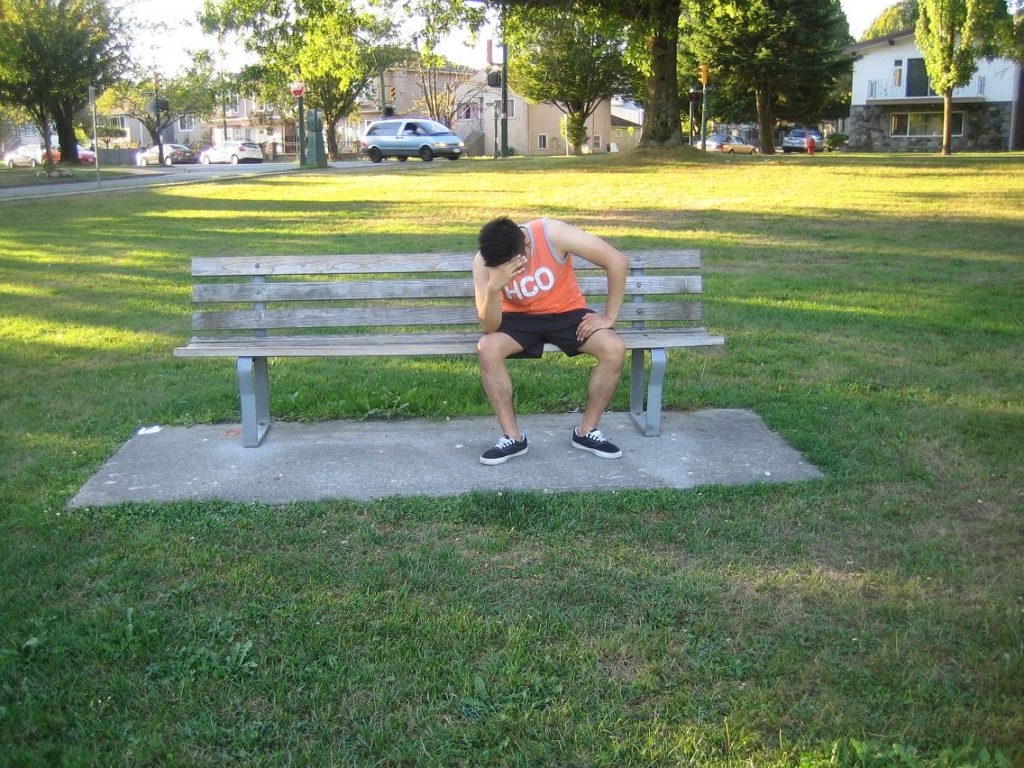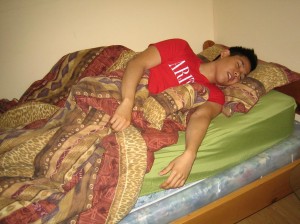Orthostatic hypotension is also called postural hypotension. Generally, it is a form of low blood pressure that happens especially when standing up from sitting or lying down. It is characterized by dizziness or lightheadedness and maybe even faint. This condition can be mild and can last for a few minutes, but a long-lasting orthostatic hypotension needs immediate attention. Occasional or acute orthostatic hypotension is usually due to dehydration or very long bed rest or can be a sign of a health condition.
Symptoms of orthostatic hypotension
- Blurred vision
- Feeling lightheaded or dizziness after standing up
- Fainting or syncope
- Weakness
- Nausea
- Confusion
Occasional or acute orthostatic hypotension is usually due to dehydration or very long bed rest or can be a sign of a health condition.
Causes
- When standing up, blood accumulates in the legs and abdomen and result to low blood pressure due to reduced flow of blood in the area.
- Dehydration caused by vomiting, fever, severe diarrhea, not drinking enough fluids and performing strenuous exercises with excessive sweating. Mild dehydration can cause symptoms such as fatigue, dizziness and weakness.
- Heart problems such bradycardia which is a severely low heart rate as well as heart attack, heart failure and valve problems.
- Adrenal insufficiency or Addison’s disease and hypoglycemia or low blood sugar.
- Disorders of the nervous system such as Parkinson’s disease, lewy body dementia, multiple system atrophy and amyloidosis.
- Low blood pressure after eating meals common in older people.
Treatment
- Use compression stockings up to the waist level and garments or abdominal binders to lessen the indications of orthostatic hypotension and increase flow of blood in the area. Wear the compression stocking during the day, and take them off when sleeping and lying in bed.
- Take the prescribed medication to increase the amount of fluids in the blood which raises the blood pressure
- Increase consumption of salt in the diet.
- Consume the prescribed low-carbohydrate meals, to prevent dropping of blood pressure after eating.
- Take the prescribed vitamin supplements such as vitamin B-12 to prevent deficiency in iron for proper flow of blood in the area.
- Perform regularly cardiovascular and strengthening exercises to lessen the symptoms. Avoid performing exercises in severely hot and humid weather. Flex and stretch the calf muscles prior to sitting up. In case the symptoms can be felt, squeeze the thigh and the abdominal muscle.
- Drink plenty of fluids to prevent symptoms of the orthostatic hypotension. Drink water before prolonged periods of standing or any activities that makes the symptoms severe.
- Quit drinking alcohol to prevent making the condition worse.
- Avoid bending at the waist when picking something on the floor, squat with your knees when picking it up.
- Get up slowly from bed; sit on the edge of the bed for at least a minute before standing up to lessen the sensation of lightheadedness and dizziness.
- When sleeping, the head of the bed should be slightly elevated.
FACT CHECK
https://www.medicinenet.com/orthostatic_hypotension/article.htm
https://en.wikipedia.org/wiki/Orthostatic_hypotension
https://www.mayoclinic.org/diseases-conditions/orthostatic-hypotension/symptoms-causes/syc-20352548


